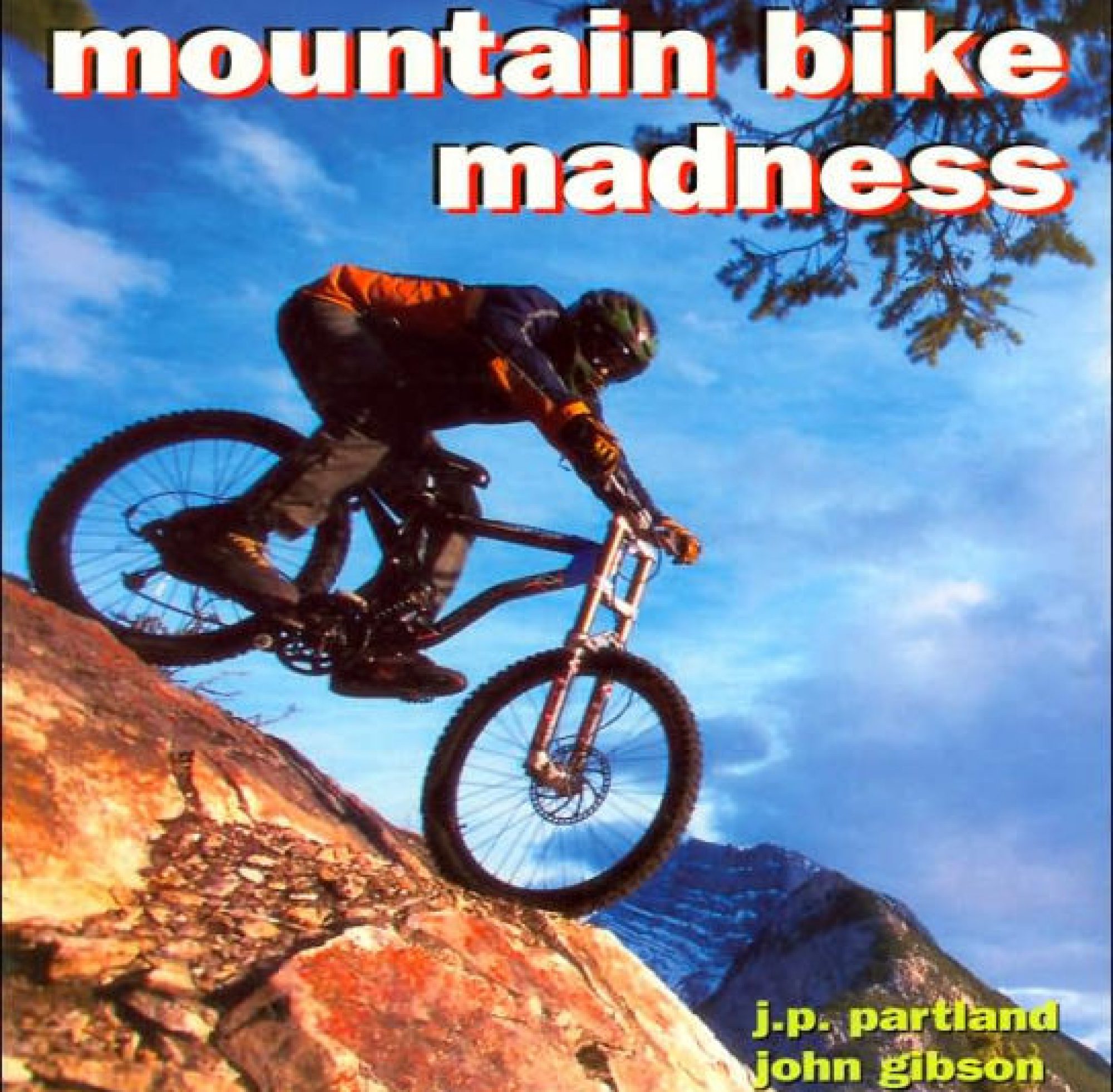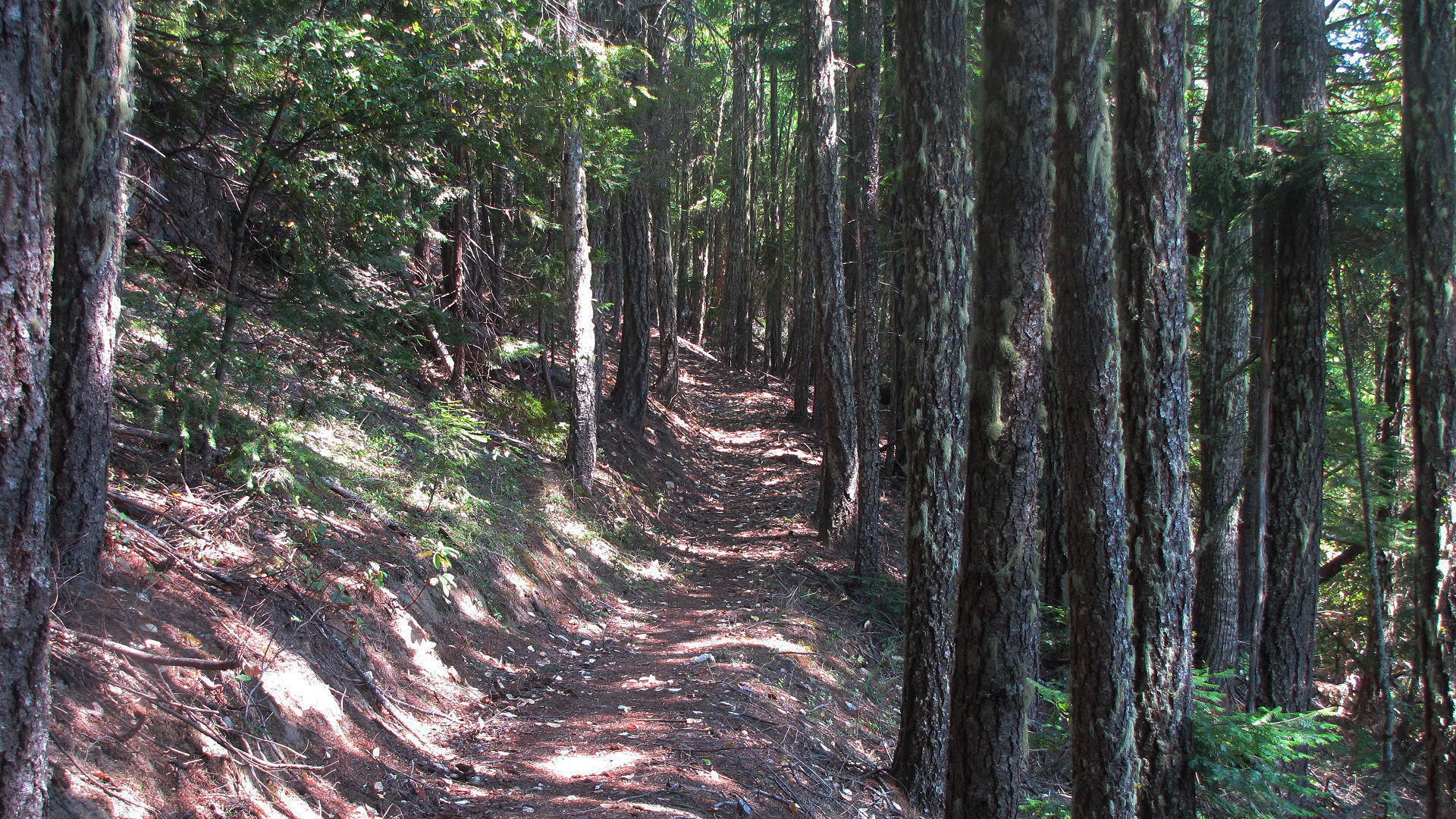CHAPTER 1: THE GROOVY ROOTS
How did it all begin? The question comes up repeatedly. It’s often asked at bike shops or to crusty guys who claim to have been there when it all began. If you’re lucky, you posed the question to a raconteur. Here’s what you might hear:
The Creation Myth
Not so long ago, in a place somewhat far away, a bicycle was born. Just as the 1970s oil crisis was fading, in a far-western province named Marin, on a mountain called Tam, some enlightened folks brought forth the mountain bike. Three hippie hedonist free spirits were pushing their old bikes to the top of the mountain to bomb down it. These bikes were heavy, one-speed, coaster-brake deals that most people would be embarrassed to own, let alone ride. These bikes were known as “cruisers” or “newsboys”—sometimes “balloon tire bicycles” because the two-inch tire with an inner tube was a revolutionary bicycle product in the United States in the 1930s. These old steeds were the antithesis of the skinny-tired, drop-handlebar road racers that had taken the country by storm due to the oil crisis. These were the bikes they tossed when they left childhood behind. Klunkers.
Appearances didn’t matter to this band of thrill-seeking souls. They wore heavy boots and layers of thick clothing to protect them if they biffed. Danger? It was present, but the rush was worth it. It was the embodiment of freedom. It was like they were kids again, in the woods behind their house. Only their mom wasn’t going to complain if they came home scraped up.
They told a few friends and their friends told a few friends, and before you could say Eddy Merckx, they had an event. The Repack was the ride because they’d have to repack their ancient coasters brake hubs after each run. They’d have to repack because the heat generated by employing the brake overheated the hub to the point that the grease liquefied and then dried out.
Repacking was the least of it. Finding bikes suitable for the task was difficult. Most of the coolest frames were old and rare and so unappreciated that even junkyards weren’t taking them. Replacement parts were hard to find. Breakage was common, so available stock was running out fast. This gang was not familiar with limits, so they learned how to weld so they could fix broken frames. Then they started improving frames before they broke. Next, somebody added a rear derailleur and a five-speed freewheel. Presto! The bike could go uphill as well as down.
The junk supply was almost gone. Shazam! Somebody went out and built a frame just for the task. It was such a good idea; everybody of the Repack gang wanted one. The bikes were built and bought. And the new bikes were lighter and didn’t have to be overhauled after each run.
And word started to go out. Whispers reached beyond Marin to other parts of the Bay Area. The bike was aggro. The bike was cool. Maybe everyone would want one. Somebody in a CBS office out in San Fran heard about the hippies, and wanted to shoot it. CBS Evening News did a segment on this new phenomenon in 1979.
Specialized Bicycle Components introduced the Stumpjumper in the fall of 1981. Amazingly, everyone wanted one. The revolution had begun. These “mountain” bikes sold like hotcakes, so every manufacturer had to build one. Bike component makers created new parts to replace the cobbled-together parts kits on the early bikes. The bike got lighter and faster. The world championships took place in 1990, less than a decade after the first mountain bike was mass-produced. The worlds were in Colorado, the winners were Americans. The revolution was done. The world would never be the same.
Now, do you want to buy the bike that changed the world?
Myth doesn’t matter
Creation myths are easy to believe. They explain everything in a nice bundle. The narrative makes sense because we’re looking to fill in all the blanks. The truth is that there isn’t really a beginning. Many people were doing many similar things in the same time. Somehow, the basic idea caught on. People rode together, busted stuff, and came up with solutions to their problems. Communication then sped the process of evolution.
There are two separate issues. One is off-road riding, the other is mountainbiking. Off-road riding really began with…
Looks like you’ll have to buy the book to find out more.


